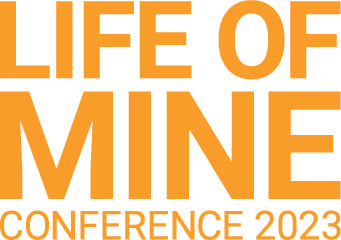Conference program
Conference program
Transition from Mine Closure to Regeneration
Keynote Presentation by Rudulph Botha, Head of Regeneration, Anglo American
Session 8, Thursday 3 August
Abandoned or former mined sites are a common feature, with an estimated more than 1million sites across the world. Very few sites have been relinquished post the decommission and maintenance monitoring phase. Billions of USD are reflected in company annual financial results focused on the discounted liability of current operational assets. The lack of integrating closure planning into operational Life of Asset planning is resulting in opportunities being lost related to risks and cost management “not spending the same money wisely”. Long-term and latent risks require ongoing monitoring and active management extending well beyond the life of the mines. The current practice of aiming to return land to the pre-mining land use is not always relevant, as society and physical landscapes have evolved during the mining period and with it the post mine land use requirements. Analyzing the past and looking at the present, we need to address the current and future challenges to deliver long-term self-sustaining value postproduction. The focus of driving relinquishment should shift to a more regenerative approach, that will un-constrain the current solutions (even though relinquishment it could still be a measure of success).
Regeneration is the way forward, as it embraces full impacts decision making and concepts such as circularity and nature base solutions, that will also unlock societal value through social transition. Having a “zero waste mindset “, that focus not just on the commodity being mined, but also on the other element of the periodic table, is required. This mindset will unlock the opportunities associated with re-use, repurpose and beneficiation of mineral residue material. The regenerative approach is also taking into consideration the other “less quantifiable” values related to sustainable development and social transition. Opportunities to diversify the economic around the operations and in the regions can hence be maximised. This can be done thought appropriate partnerships, co-funding, co-development and co-ownership, and in doing so de-constrain the availability of appropriate skills and funding.
Ultimately the value of a more regenerative approach lies in not being constraint by trying to relinquish an asset 10 to 15 years postproduction, but rather to be part of a process in diversifying the economy around the operations, to deliver a self-sustain post mining land use, even it may take a century or two.
Hear Rudolph's highly anticipated keynote address "Transition from mine closure to regeneration" by registering for AusIMM's Life of Mine Conference 2 - 4 August 2023.
Bundle your conference registration package with an AusIMM membership bundle and save $215, plus access year round member rates and many other benefits.
